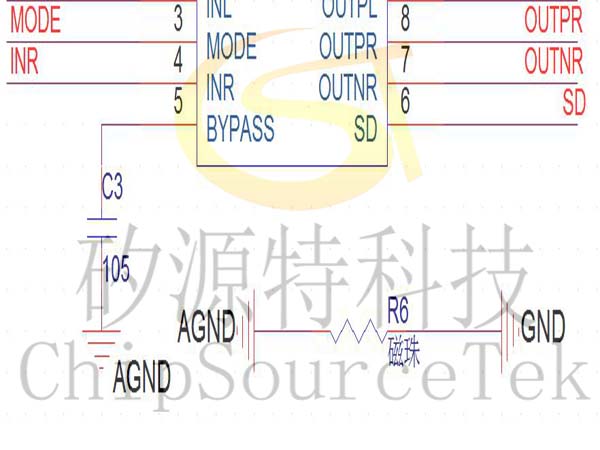Resolution direction of power amplifier bottom noise
Time:2023-03-11
Views:1230
|
Disclaimer: This article is transferred from other platforms and does not represent the views and positions of this site. If there is any infringement or objection, please contact us to delete it. thank you! |












